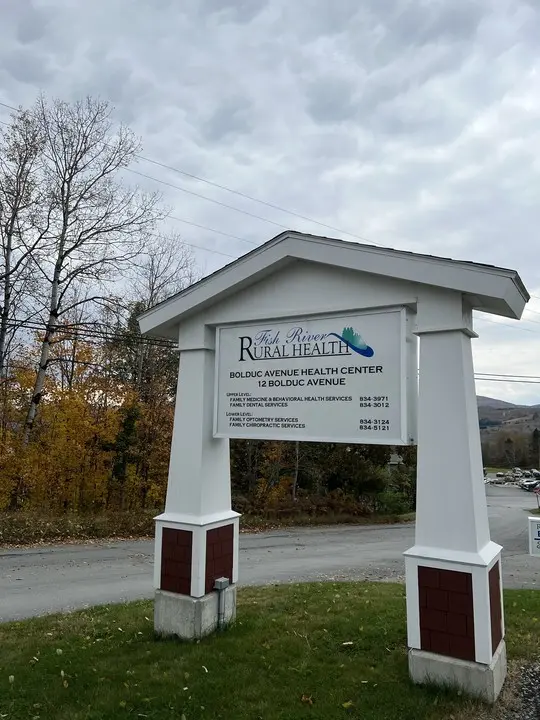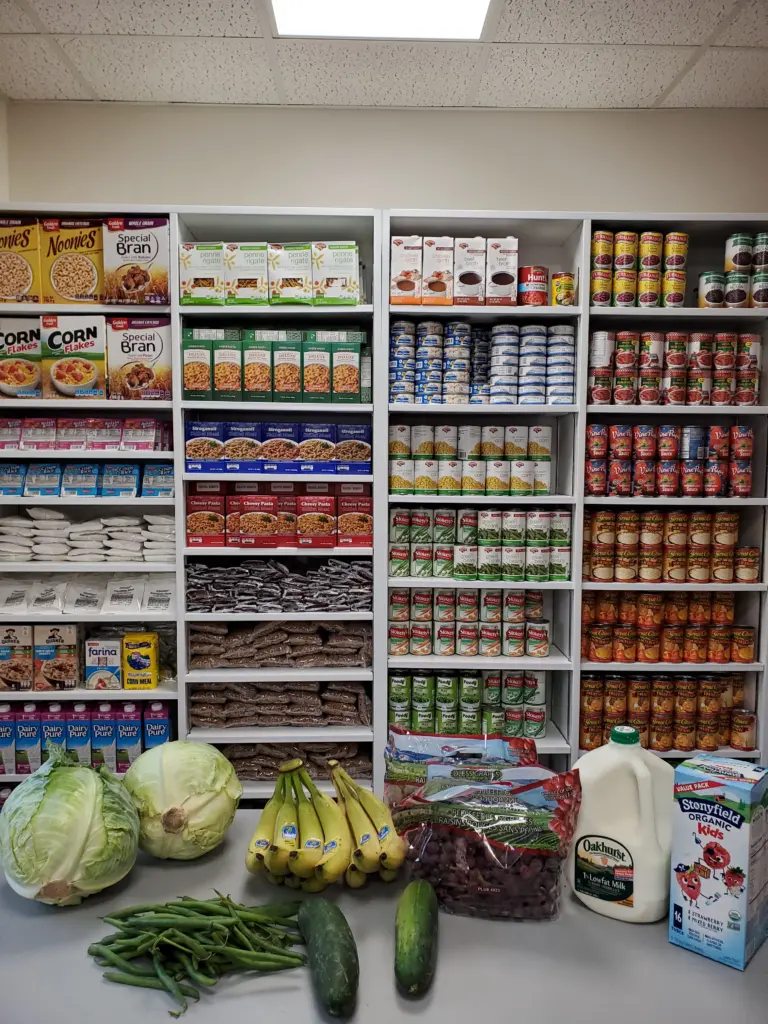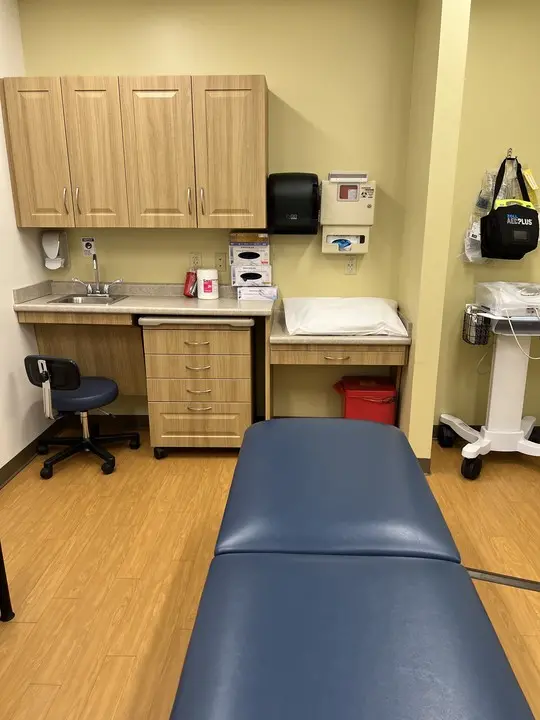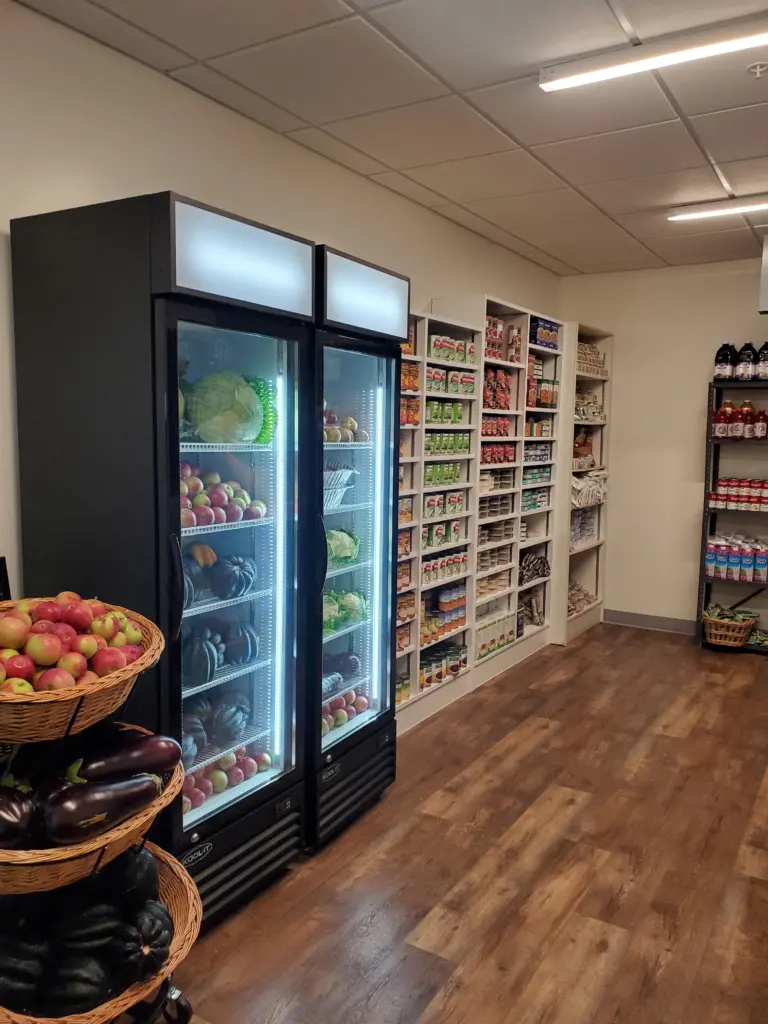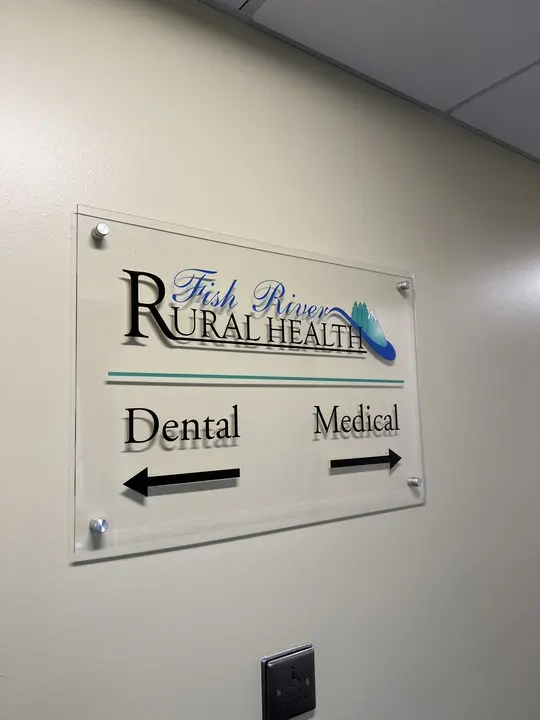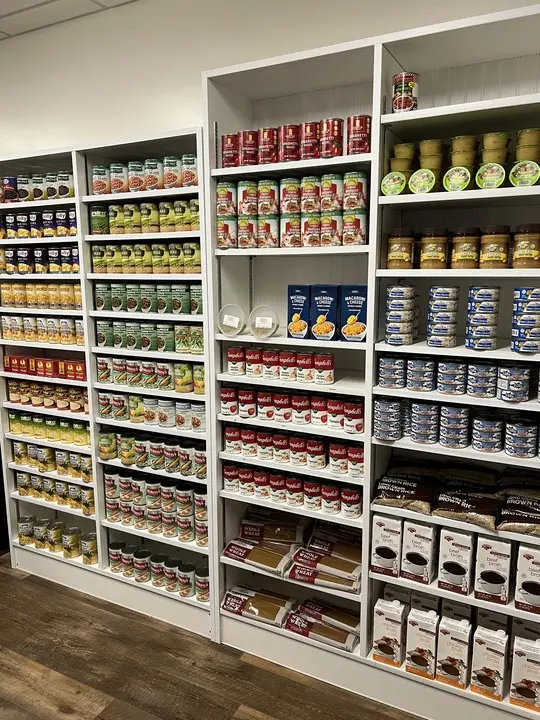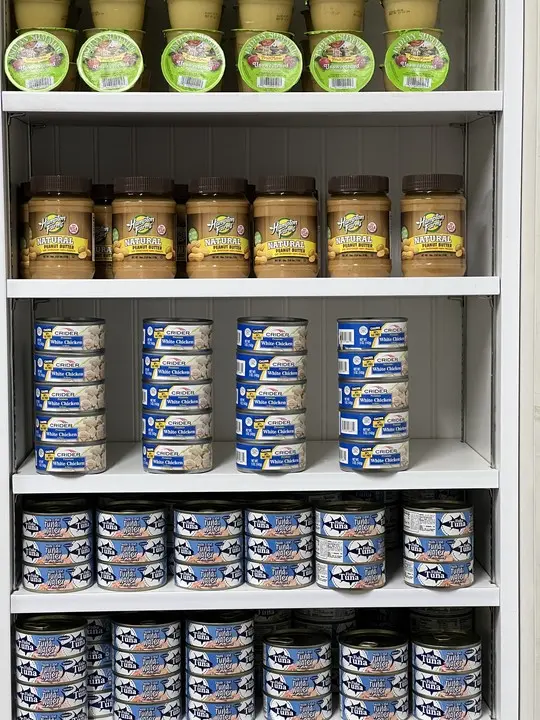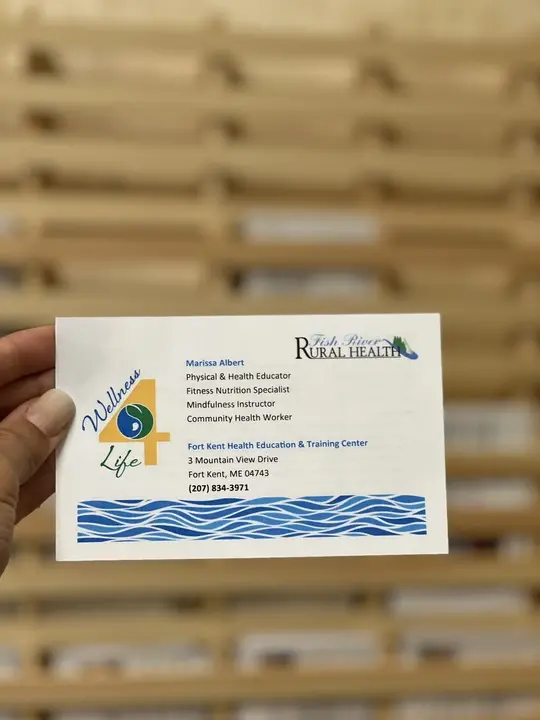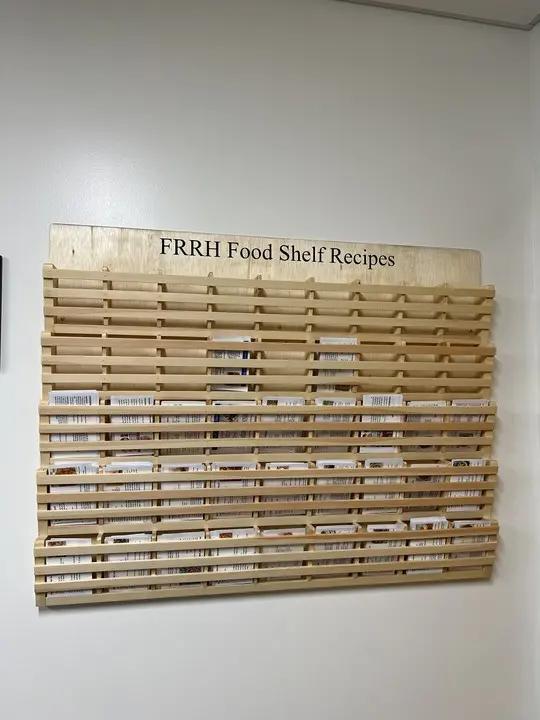What is the Food Bank’s Community Health and Hunger Program?
Food insecurity impacts millions of individuals and families across the United States. It’s associated with inadequate nutrition, adverse health outcomes, and higher rates of chronic disease. Disturbingly, significant disparities exist across racial and ethnic groups. Adults in households with very low food security are likelier to be diagnosed with chronic conditions like hypertension, coronary heart disease, hepatitis, or stroke than adults in food-secure households.
Good Shepherd Food Bank’s Community Health and Hunger Program is committed to not only addressing food insecurity but also its detrimental health effects. The program is a multifaceted initiative that recognizes the interconnectedness of food security and health. This program takes a proactive stance by offering technical training for medical staff to screen for food insecurity in patients, ensuring that no one’s challenges go unnoticed.
The Food Bank recognizes that partnering with healthcare organizations across the state is crucial to improve food security, promote wellness, and advance health equity. Addressing food insecurity means going beyond the clinical setting. Our program equips healthcare providers with resources to guide patients in finding food sources in their service area. Patients are empowered with knowledge, which is a powerful tool for breaking the cycle of food insecurity.
One of the most impactful aspects of the program is the provision of nutritious grocery items for patients in immediate need. Those identified as food-insecure can leave their clinical visit with a bag of nutritious food, at no cost. This immediate relief not only addresses their current hunger but also contributes to their overall health and well-being.
The Community Health and Hunger Program in Action
One of our 160 Community Health and Hunger Program partners is Fish River Rural Health in northern Maine. This health center operates three food pantry locations in Eagle Lake, Madawaska, and Fort Kent, addressing food insecurity in their local communities.
Situated within a healthcare center, patients can conveniently access shelf-stable food and nutritious seasonal options. This innovative approach doesn’t just distribute food; it provides a comprehensive solution.
The nurses are very passionate about the pantry and provide easy-to-make recipes, empowering families to make the most of the items they receive. They actively listen to patients, tailoring their food offerings to meet the specific needs and preferences of the families they serve.
“Our visitors like having guidance on healthier options, like low sodium. We offer that extra support to give folks the tools to make eating healthy easy.”
The Community Health and Hunger Program, in collaboration with organizations like Fish River Rural Health, is a testament to the transformative impact that community initiatives can have on addressing food insecurity and its health consequences. As the statistics show, food insecurity is not merely a matter of hunger; it’s a health crisis with far-reaching implications. By training medical staff, providing resources to patients, and offering nutritious groceries at no cost, this program makes a tangible difference in the lives of those in need. Together, we can break the cycle of food insecurity and the associated chronic health conditions, striving for a healthier, more equitable future.
